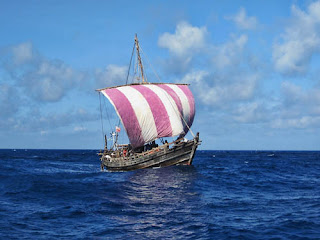Remembering Jan Biesjes Kraal

Milnerton was once part of an extensive farm dating back to at least the end of the 18th Century. The location of Jan Biesyes Kraal is indicated on a chart of Table Bay as it looked in 1786. The farm was named in honour of a former Khoekhoe headman of the district. Biesjes is the Dutch word for rushes or reeds , which are found in abundance on the lagoon banks, and were used in the construction of Khoekhoe huts and kraals. On 14 April 1804, the earliest South African newspaper, the Kaapsche Courant , carried an advertisement of a public auction to be held at Jan Biesjes Kraal a week later. It was evidently a thriving dairy farm. Cattle from Jan Biesjes Kraal grazing along the ban...


